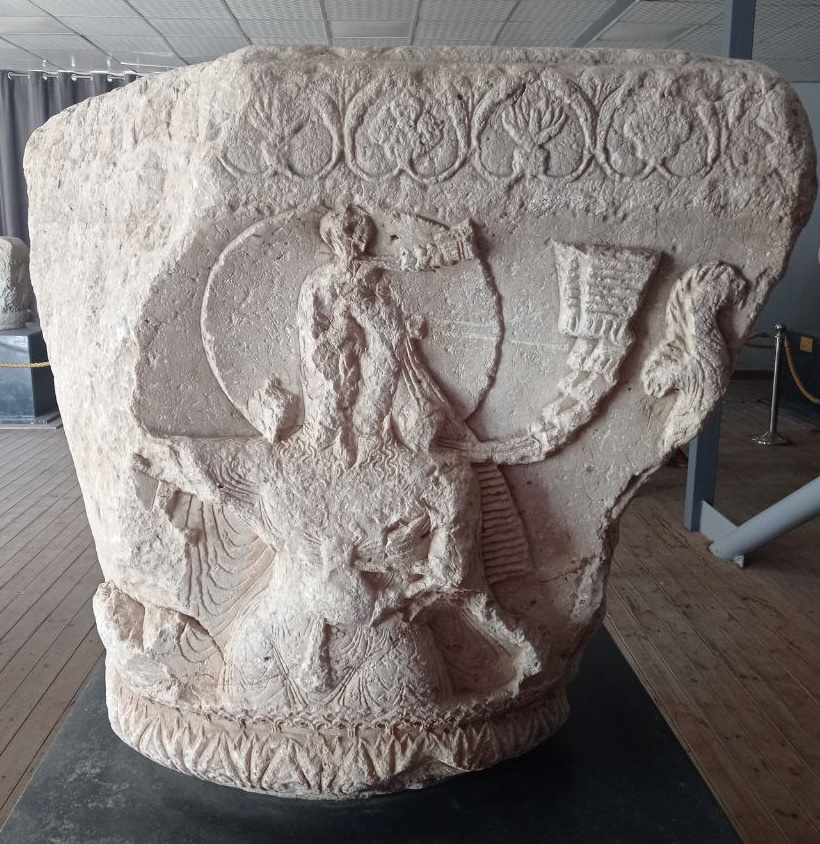Thread: "On Christmas morning in Norway every gable, gateway, or barn-door, is decorated with a sheaf of grain, called "Julenek", fixed on the top of a tall pole, wherefrom it is intended that the birds should make their Christmas dinner"...Julenek, Karl Uchermann 1855-1940... 

On Christmas Eve, the Swedes hang out the last sheaf of grain from the harvest, known as the Julkarve, as an offering to the birds. And they believe that the more birds come to feed, the better the next year's grain harvest will be...Bird sheaf, Siegwald Dahl 1827-1902... 

The usual explanation for this custom is that that the birds were fed to stop them eating grain from grain stores...But the belief that feeding the birds has influence on the next year's harvest points at another explanation for this custom...Preserved in Slavic folklore... 

All over Europe, The last sheaf of grain represents the living "sprit of grain"...But in Eastern Slavic countries, it also represents The Ancestors...This is Diduch (Grandfather) Christmas sheaf from Ukraine... oldeuropeanculture.blogspot.com/2021/04/diduch… 



Now Slavs believed that all the good comes from the ancestors...Including grain...Which is why it was so important to keep ancestors happy, well fed and well watered, particularly during winter...
https://twitter.com/serbiaireland/status/1316033280223989760
Finally, in pre-Christian times, Slavs believed that souls of their dead entered birds and through birds entered heaven, Iriy. So feeding birds with grain during winter was basically a form of feeding the ancestors, sacrificing to the ancestors...oldeuropeanculture.blogspot.com/2019/12/nav.ht… 

Anyway, I wonder if any of this was preserved in Nordic and Finish folklore?
Anyway, if you like this kind of stuff, you might like this thread too
Anyway, if you like this kind of stuff, you might like this thread too
https://twitter.com/serbiaireland/status/1468640359999848460
• • •
Missing some Tweet in this thread? You can try to
force a refresh























